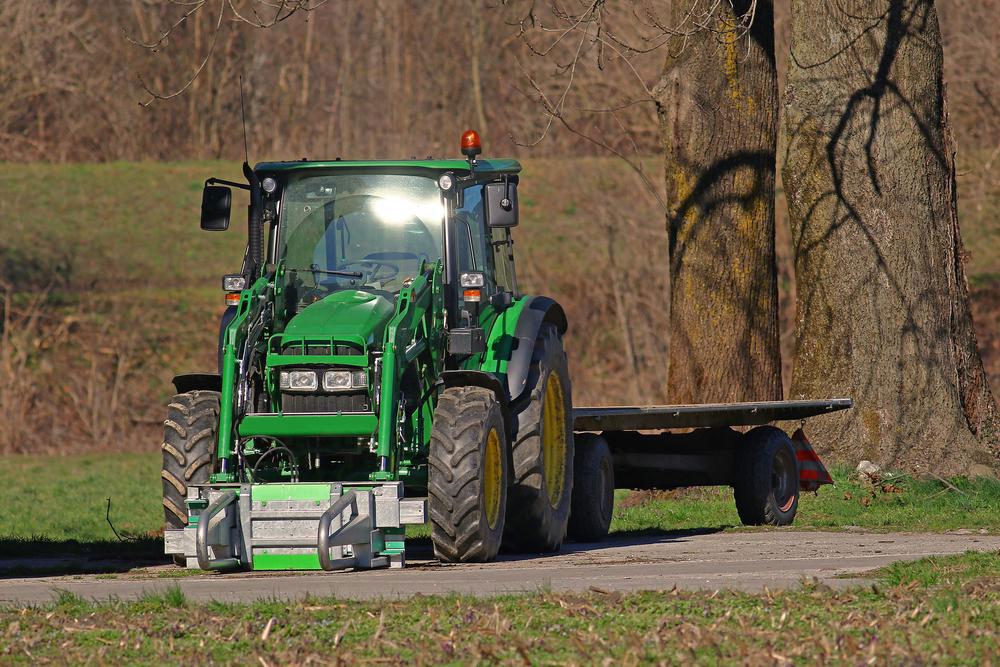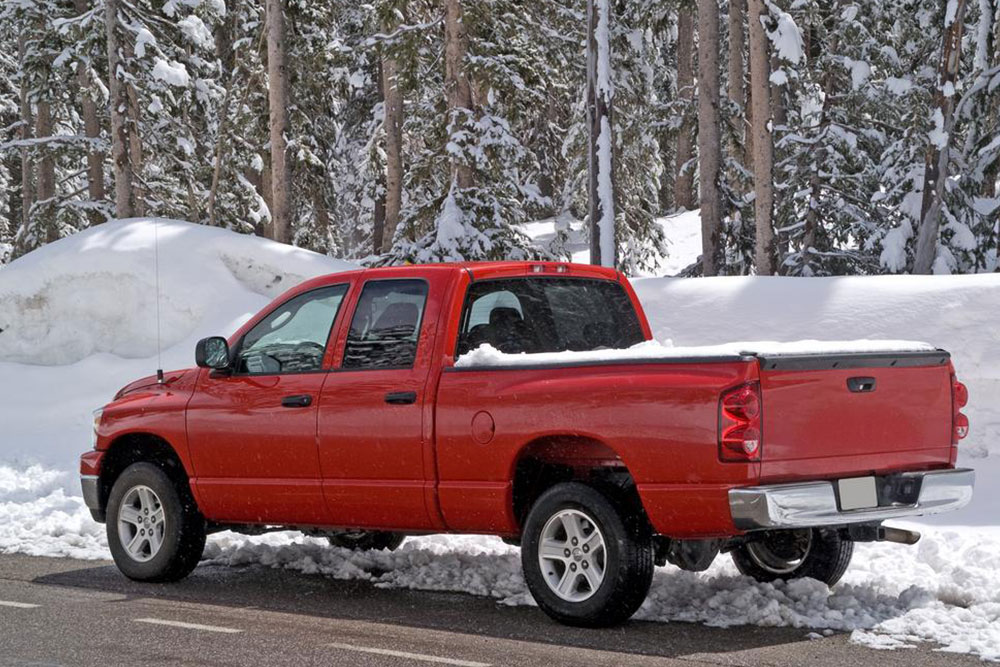Comprehensive Guide to Buying a Used Truck Tractor: Essential Checklist for Buyers
This comprehensive guide provides essential tips and detailed steps for buying a used truck tractor. It covers key aspects such as axle configuration, engine health, brake system, maintenance history, and professional inspections. Following these insights helps buyers make informed decisions, ensuring they acquire reliable and efficient vehicles suited to their transportation needs. Whether you're expanding your fleet or starting a new logistics business, this checklist is vital for a successful purchase.

Are you considering purchasing a used truck tractor to expand your transportation fleet or to start a new logistics venture? Making the right choice requires meticulous attention to detail and thorough inspection to ensure you acquire a reliable and efficient vehicle. Buying a used truck tractor can be a cost-effective solution, but it involves several crucial steps that can prevent costly mistakes and future breakdowns. This comprehensive guide will walk you through the key aspects to evaluate before finalizing your purchase, helping you make an informed decision that aligns with your business needs and budget.
Understanding the importance of a detailed inspection is the first step in your buying process. It’s not enough to go by the vehicle’s appearance or the seller’s assurances. Instead, a systematic evaluation of the truck tractor’s key components and history is essential. Whether you’re a seasoned professional or a first-time buyer, this guide will arm you with the knowledge needed to navigate the used truck market confidently.
Assessing the Axle Configuration, Power, and Load Capacity
The foundation of any commercial truck is its drivetrain and axles. Before contemplating a purchase, precisely evaluate the axle configuration to ensure it fits your operational requirements. Truck tractors come with various axle setups, such as 4x2, 6x4, or 6x2, each suited to different hauling capacities and terrains. The axle configuration influences the vehicle’s stability, maneuverability, and payload capacity. Match this configuration with your typical cargo weight and route demands for optimal performance.
Moreover, pay keen attention to horsepower ratings. The engine's power directly affects the truck's ability to handle heavy loads, accelerate smoothly, and perform efficiently in demanding conditions. Ensure the truck’s horsepower meets or exceeds your operational needs, especially if you frequently haul heavy freight across challenging terrains.
Load capacity is another critical factor. Confirm the gross vehicle weight rating (GVWR) and payload capacity, ensuring the vehicle can handle your maximum expected loads without compromising safety or performance. Carry out these assessments carefully, as underestimating capacity could lead to operational inefficiencies or legal violations.
In-Depth Exterior and Interior Inspection
The condition of the truck's cab and exterior considerably impacts comfort, safety, and the vehicle’s longevity. Conduct a thorough visual inspection for signs of rust, corrosion, dents, or previous accident repairs. Look for irregularities in paintwork or panel gaps that might indicate past damage or poor repairs.
Inspect the interior for wear and tear. Pay attention to seat condition, dashboard functionality, seatbelt integrity, and other interior features. A well-maintained cab indicates the previous owner’s attention to care and can reduce your future maintenance costs. Confirm the odometer reading matches the vehicle’s history report, and evaluate the mileage for its age to assess longevity and possible engine wear.
Furthermore, verify that all lighting, electrical systems, and control panels operate correctly. Properly functioning gauges and switches are essential for safety and efficient operation during long hauls.
Engine and Emissions System Examination
The heart of any truck tractor is its engine. A detailed inspection of the engine bay can reveal much about the vehicle’s overall condition. Check for leaks, corrosion, and cracked hoses or belts. Engine oil should be clean and at the proper level. If possible, request the vehicle’s maintenance records to see if regular oil changes and servicing were performed.
Exhaust emissions are a key indicator of engine health and compliance with environmental standards. Use an OBD-II scanner or take the vehicle for a test to confirm emissions levels meet current regulations. Older engines may need upgrades or repairs to ensure they are eco-friendly and compliant, especially if local emission laws have become stricter.
Brake System and Component Inspection
Brakes are paramount for safety, especially given the significant weight carried by truck tractors. Examine brake pads for thickness—worn pads must be replaced promptly to ensure efficient stopping power. Inspect brake lines and hoses for leaks or cracks, and verify the functioning of each brake system component.
Assess the brake drums or discs for signs of scoring or uneven wear, which could indicate underlying issues. A comprehensive brake system check can prevent unexpected failures and costly repairs after purchase.
Reviewing Maintenance and Repair History
Once the physical inspection is complete, review the vehicle's maintenance logs and repair history meticulously. Regular maintenance records demonstrate that the vehicle was well cared for, which correlates with reliability and longevity.
Look for indications of recent repairs, replacements of critical parts such as the transmission, clutch, or suspension components. Vehicles with a documented history of consistent servicing are generally safer bets, as they are less likely to encounter unexpected breakdowns shortly after purchase.
Considering Professional Assistance
While your visual inspection and records review are vital, enlisting the expertise of a certified mechanic can elevate your evaluation process. A qualified technician can identify issues that might not be apparent to an untrained eye, from hidden engine problems to subtle frame damages.
Mechanical inspections can include road tests, diagnostic scans, and thorough evaluations of critical systems. Investing in a professional assessment can save you money in the long run by preventing costly repairs and ensuring you are investing in a dependable vehicle.
Final Tips for a Successful Purchase
Before closing the deal, verify the vehicle’s title status—ensure there are no liens, and the seller has clear ownership. Conduct a vehicle history report using the Vehicle Identification Number (VIN) to uncover any past accidents, thefts, or salvage titles.
If possible, compare prices of similar models in the market to determine a fair and competitive price. Don’t hesitate to negotiate based on your inspections and findings. Remember, patience and diligence are key to securing a used truck tractor that serves your needs effectively without breaking your budget.
In summary, purchasing a used truck tractor involves careful consideration of various factors, including mechanical condition, history, and proper inspection. By following this comprehensive checklist, you can confidently invest in a vehicle that will support your business goals reliably and efficiently.





